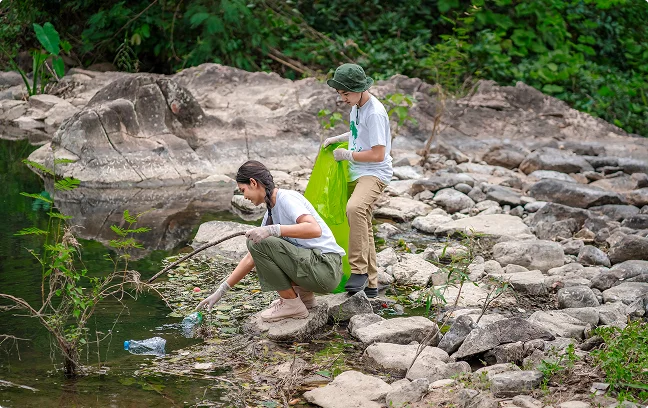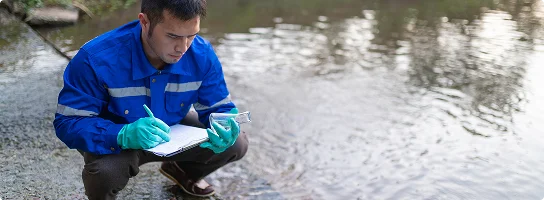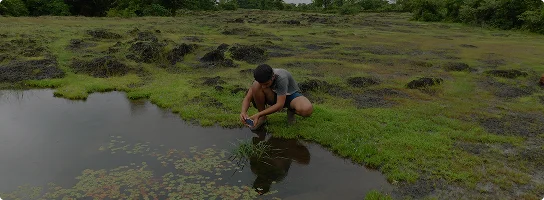
Nestled in northern Sulawesi, Lake Limboto is more than just a body of water—it’s a lifeline for over 120,000 people living in its basin and a crucial ecological buffer for biodiversity. Over the past decade, the lake’s health has been in rapid decline due to sedimentation, agricultural runoff, and unchecked development. But a collaborative effort launched earlier this year aims to reverse that trajectory.
A Community-Backed Restoration Initiative
In February 2025, local government agencies, conservation scientists, and seven surrounding village councils officially launched the Lake Limboto Watershed Restoration Program. The initiative—part of Nature50’s wider strategy to protect Southeast Asia’s most threatened wetlands—focuses on sediment control, reforestation of degraded hillsides, and community-led water management.

Lake Limboto was shrinking every year. We had to act before it disappeared completely,” said Nur Fitriani, a local farmer and volunteer watershed coordinator. “Now, we’re not just planting trees—we’re building back knowledge, dignity, and resilience.
The second phase of the project, beginning in early 2026, will expand efforts to the upland forest corridors feeding into the watershed. Plans include community-owned forest restoration plots and long-term biodiversity monitoring for aquatic species.
Monitoring Real Change
Satellite data combined with ground-level surveys are tracking the impact of these interventions. Early results show a measurable decrease in water turbidity and sediment load during peak monsoon runoff.
According to Andi Hartono, Nature50’s Indonesia Program Lead, “This is about more than metrics—it’s about enabling people to thrive alongside nature. Lake Limboto is proof that degraded ecosystems can bounce back when science and local wisdom work hand-in-hand.”


